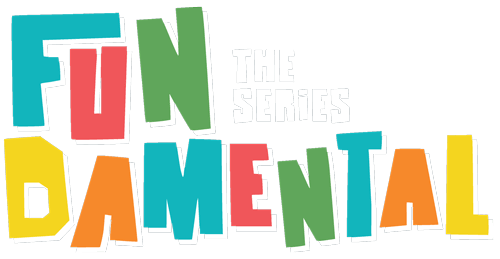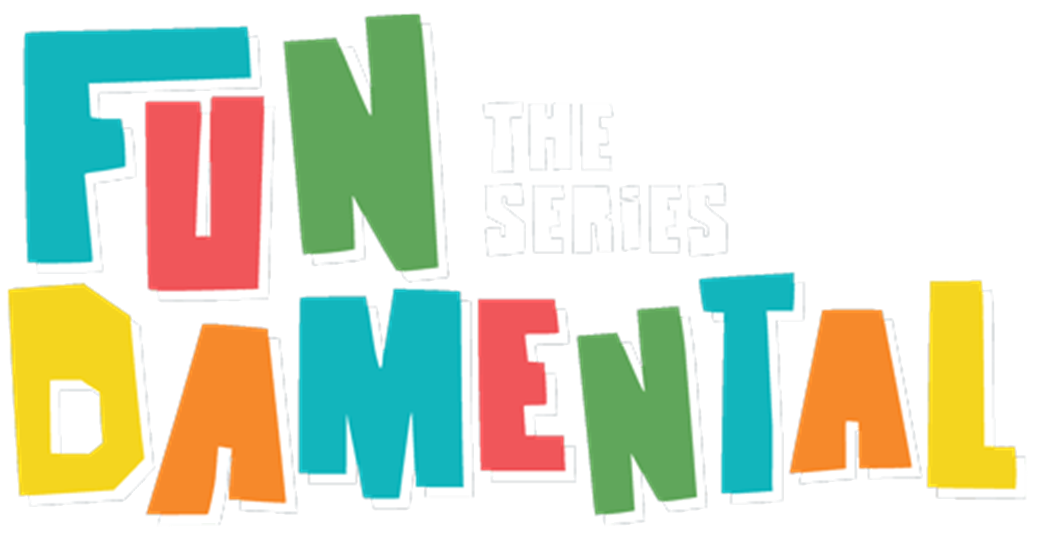Ever wondered how to have a conversation without saying a word?
'Sign with Me' introduces Scouts to the basics of Australian Sign Language (Auslan) through fun games, challenges, and storytelling. Youth will learn key phrases, sign their names, and explore how Auslan fosters inclusion and connection, promoting empathy and teamwork.
Before you begin
- Use the safety checklist to help you plan and risk assess your activity. Don’t forget to make sure all young people and adults involved in the activity know how to take part safely
- Make sure you’ll have enough Leaders for each Patrol to have one. You may need some parents and carers to help out if you’re short on Leaders
- Download (and print out, if needed) enough copies of the right handed and left handed fingerspelling alphabets, and ‘Hello, my name is’ sheets so that everyone can see them
- One copy between two or three people is usually fine. You could laminate the sheet to make it easy to clean
What you will need
- Device with access to the internet
- ‘Hello my name is’ spreadsheet
- Copies of the fingerspelling alphabet (optional)
- Access to a printer (optional)
Learn a phrase
- Everyone should sit in a circle with copies of the Auslan fingerspelling alphabet.
- The whole Patrol should practice their alphabet together – the person leading the game can show everyone how to make a letter, and then the Patrol can copy.
- Once the Patrol has practised the alphabet together, everyone should take a few moments on their own to practise fingerspelling their name.
- Everyone should get back in the circle, and practise signing ‘Hello, my name is’.
- Everyone should put the two parts of the phrase together. Now, they can introduce themselves, and understand someone else telling them their name.

Practise your phrase with a game
- Everyone should move around to mix up. (They could run, skip, or dance.)
- When the Leader makes the sign for ‘sign’, everyone should get into a pair with the closest person to them.
- The pairs should take turns to introduce themselves.
- Keep playing until everyone is confident introducing themselves, and understanding a word someone else is fingerspelling.
Reflection
This activity helped you to develop your communication skills.
- Is it important to be able to communicate in a variety of ways?
- Can you remember who might use fingerspelling or sign language?
- Do you think fingerspelling is a useful skill?
- Was it easy to understand when people were using signs or fingerspelling?
- When else might sign language be useful? How is sign language different to other ways of communicating?
- This activity also helped you to learn to respect others, regardless of their background. What do you think it feels like to speak a language, not many other people understand?
- Do you think it makes life more difficult when people don’t speak the language you use?
- What could your Group do to change this – do you think it’s important to try to learn some basic words and phrases? How might that change things for people who use sign language?




